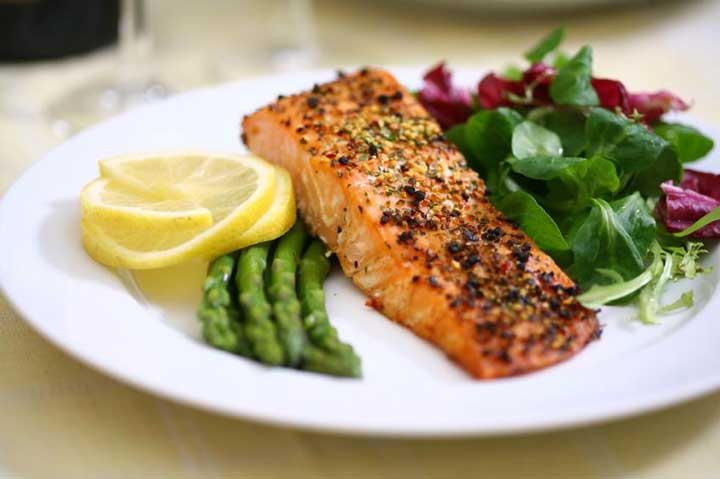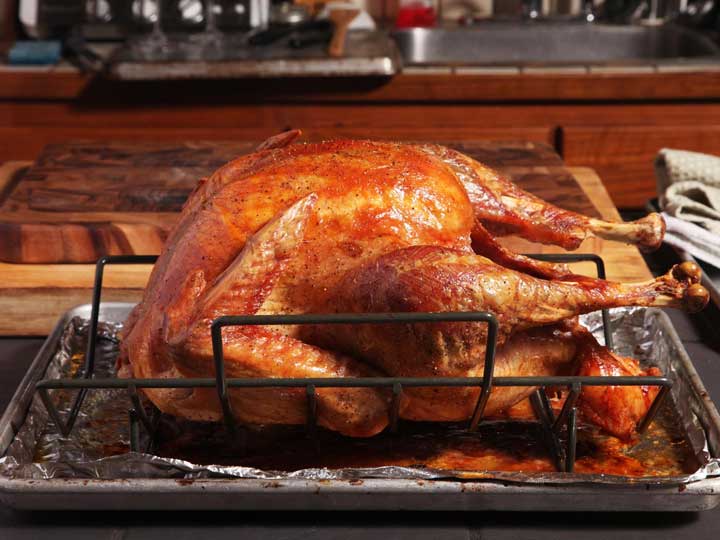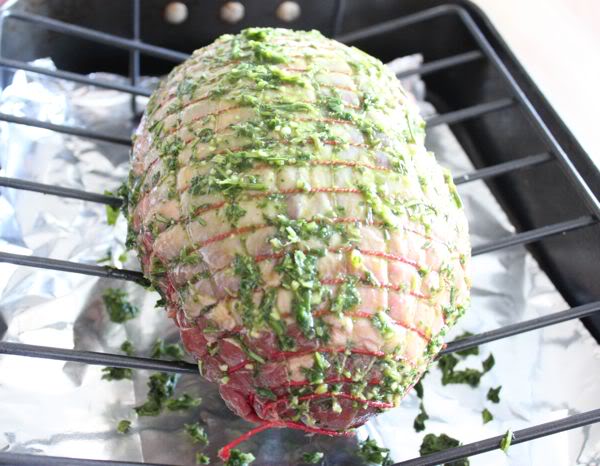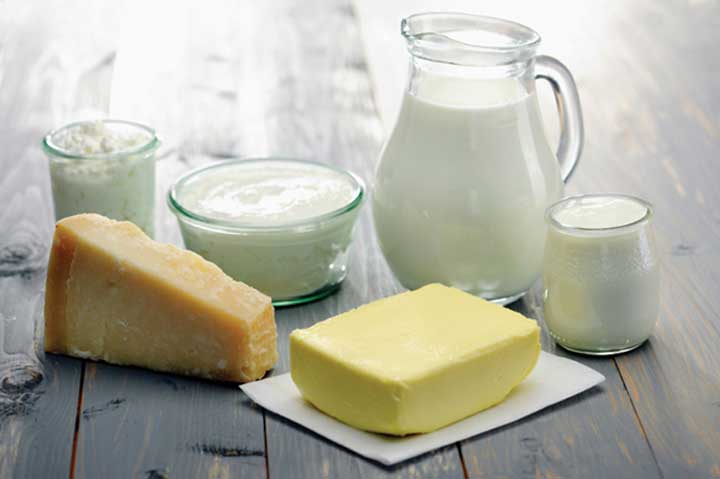Health
Research Finds That A Low Fat Diet Increases Survival Rate Among Women With Breast Cancer
A study has found that a low-fat diet reduces the risk of women contracting breast cancer post menopause, as well as reducing the mortality rate of women who have breast cancer.
The Data
Researchers from the Los Angles Biomedical Research Institute followed 48, 835 post-menopausal women between the ages of 50 and 70. Prior to the study, none of the women had breast cancer and all had a moderate intake of fat in their diets. Once the study began, 19,541 women were put on a low fat diet paired with an increase in fruits, vegetables and grains in their diet.

The remaining 29,294 women maintained a regular fat intake.
After 8 years, 1,767 women in the sample were diagnosed with breast cancer. Of these, the women on the low fat diet had a 82% survival rate as opposed to the women on the regular diet, who had a 78% survival rate. Additionally, the women in the low fat dietary group had a lower heart disease mortality rate.
The Conclusion
Therefore, the researchers suggested that a sustained low fat diet can help post-menopausal women increase their chances of survival after being diagnosed with breast cancer.
“This was the first time we had examined the deaths after breast cancer among this group, and we found that a sustained low fat diet increased the survival rates among postmenopausal women after a breast cancer diagnosis,” said Rowan Chlebowski, one of the researchers in the study. “The study also suggests that women would need to remain on the low fat diets to maintain the benefits of the dietary intervention,” Chlebowski added.

Working Towards A Low Fat Diet
The low fat diet can be defined as a diet which reduces fat, saturated fat and cholesterol and instead includes more carbohydrates, grains, fruits and vegetables. In the study the women on the low fat diets were encouraged to reduce their total fat intake to 20% of their calories; i.e fat should make up for only 20% of the calories that they ate. As fatty foods are typically high in calories, this suggestion would involve drastically reducing the portion of fatty foods in the diet and therefore, reducing the amount of calories as well.
Foods high in fat include fried foods, most desserts, butters, some salad dressings, cream, cooking oils, chocolates and junk food – such as chips and sweets. These seem like fairly obvious suspects, right? However, there are ‘various’ hidden ways that you may be including more fat in your diet than you need; some meats contain high amounts of fat, for instance, and some methods of preparation call for a large amount of fat in the form of oil, butter or cream. Here are a few easy tips to cut down on the amount of fat that makes its way into your diet:

Trim all fats from meats; remove the skin and at from poultry and try reducing the amount of red meat you eat.

Bake, broil, grill or steam meats and vegetables over frying them so you don’t have to use oil or butter.

Season vegetables and meats with lemon juice, herbs and spices instead of using dressings, butter and cheese.

Switch to low fat dairy alternatives.

Increase your intake of fruits, vegetables and whole grains so your body is not left hungry and carving fats.
Indeed, making such dietary modifications is beneficial not only in the light of this study but when looking at general health as well. A low fat diet can reduce the risk of obesity thereby reducing the risk of cardiovascular disease, diabetes, gout, high blood pressure and even some cancers.




















